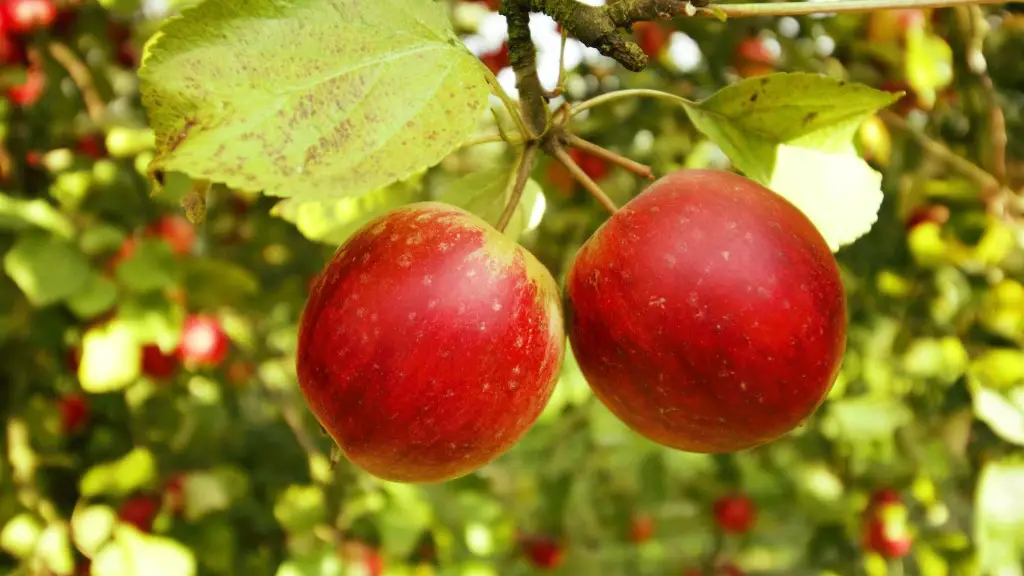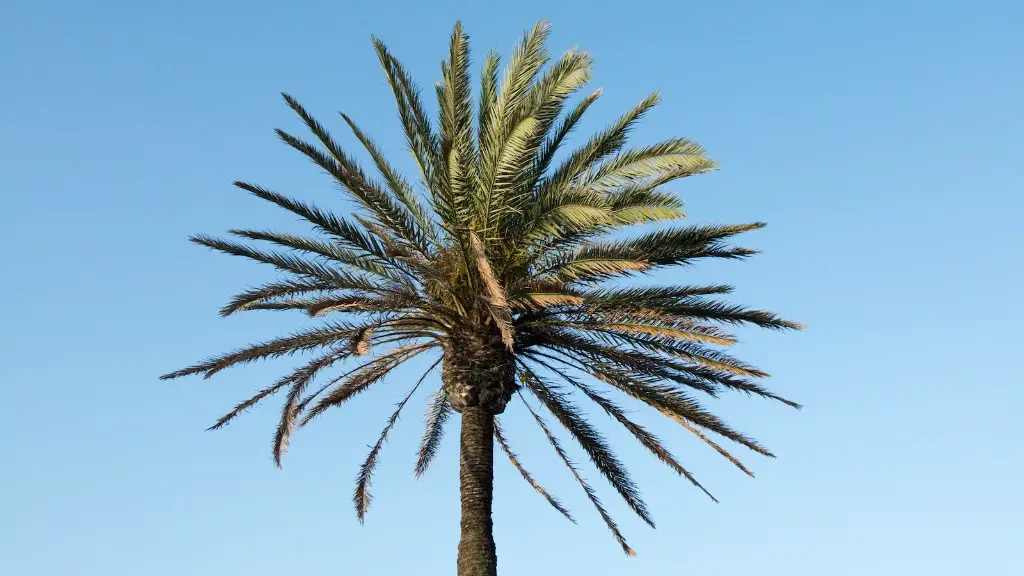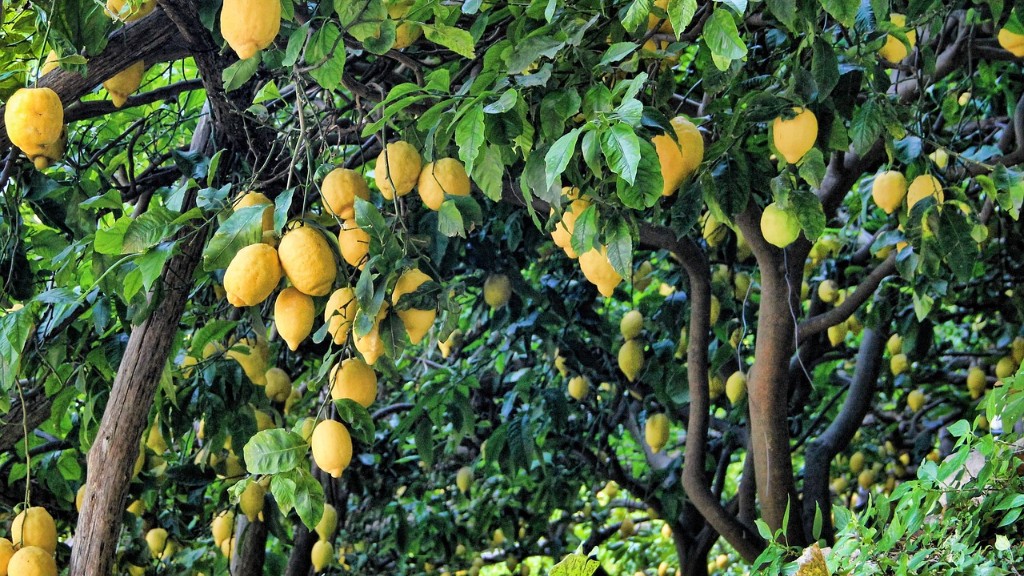Trimming a dwarf lemon tree is essential for its health and the quality of fruit production. By pruning and controlling the shape of a dwarf lemon tree, it increases its productivity and helps prevent overcrowding of surrounding branches. Here are some steps to help you get started.
Firstly, start by identifying the main branches of the tree. Make sure to mark them with tape or paint so they are easy to recognize. This will come in handy during the pruning process. Secondly, cut back any excess fruits and flowers to encourage new growth and bud formation.
Thirdly, trim any dead or unhealthy branches, as these can cause disease to spread throughout the tree. Cut them at least 8-10 inches away from the trunk to ensure no infection remains in the tree. Fourthly, remove any defective or undesirable branches that take away from the shape of the tree.
Fifthly, consider trimming the crown if its size is larger than the tree’s desired size. This will ensure that the tree remains healthy and doesn’t become too large. Sixthly, make sure to thin out the canopy so sun and air can reach the lower branch tips. Finally, once you finish trimming, apply a balanced fertilizer and water the soil thoroughly.
Tips for Keeping Your Dwarf Lemon Tree Healthy
Regularly pruning your dwarf lemon tree is important for controlling its size, promoting healthy growth, and preventing disease and overcrowding. Here are some tips to help keep your tree healthy:
Firstly, maintain a regular watering schedule, especially in the summer months when the tree is more vulnerable to drying out. Secondly, apply a balanced fertilizer every few months to encourage healthy growth. Thirdly, mulch around the base of the tree to help retain moisture during the dry season.
Fourthly, watch for signs of disease and pests, such as yellowing leaves and aphids on new growth. If you see any signs, take action as soon as possible to prevent it from spreading. Fifthly, use a pH test kit to make sure the soil is not too alkaline or too acid for the lemon tree to thrive.
Sixthly, be sure to give your dwarf lemon tree regular maintenance. Check for dead wood, undesirable growth, and diseases that can cause the tree to suffer. Finally, keep in mind that pruning is essential for the health and productivity of your lemon tree.
When is the Best Time to Prune a Dwarf Lemon Tree
For best results, prune your dwarf lemon tree in late winter or early spring, when the tree is dormant. Pruning during this time ensures that the newly trimmed branches have maximum access to sunlight and air flow. If you prune at any other time, it can disrupt growth and can even damage the tree.
For certain types of pruning, such as removing dead or diseased branches, should be done immediately to prevent the spread of diseases throughout the tree. When pruning, always use sharp and sanitized tools to ensure that no damage is done to the tree.
Whenever you prune, make sure to clean away the dead wood and leaves from the ground, as these can attract pests and other diseases. Additionally, take note of any signs of new growth or fruiting that may occur after pruning.
What to Consider Before Pruning a Dwarf Lemon Tree
When pruning a dwarf lemon tree, it’s important to understand the tree’s needs. First, figure out what shape you’d like the tree to be. If you’re aiming for an organic shape, feel free to cut back branches any way you’d like. However, if a more defined shape is desired, consider using trimming techniques such as thinning out, pruning branches, or removing shoots.
Second, always inspect for signs of disease, pests, and other problems before pruning. These must be dealt with first in order to prevent the spread throughout the tree. Thirdly, consider pruning for fruit production and size. Pruning for size will help ensure that the tree doesn’t become too large, while pruning for fruit production will increase the yield of fruit from the tree.
Finally, keep in mind that pruning too often can do more harm than good. Too much pruning can cause stunted growth and reduced fruit production. So be aware of how much pruning you’re doing and the frequency of it.
Aftercare for a Dwarf Lemon Tree After Pruning
Once you finish pruning your dwarf lemon tree, there are still some steps to take to ensure its health. Firstly, replace any mulch around the base of the tree and make sure to water the soil thoroughly. Additionally, apply a balanced fertilizer to encourage healthy growth and vigorous fruiting.
Secondly, inspect the tree for any further signs of disease or pests and take swift action if necessary. If any dead wood remains, make sure to remove it from the ground to prevent the spread of disease. Finally, keep in mind that regular maintenance is essential for a healthy lemon tree. Check for defects, dead wood, and undesirable growth to ensure its health.




